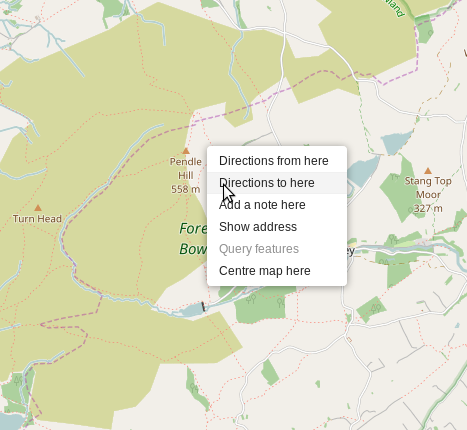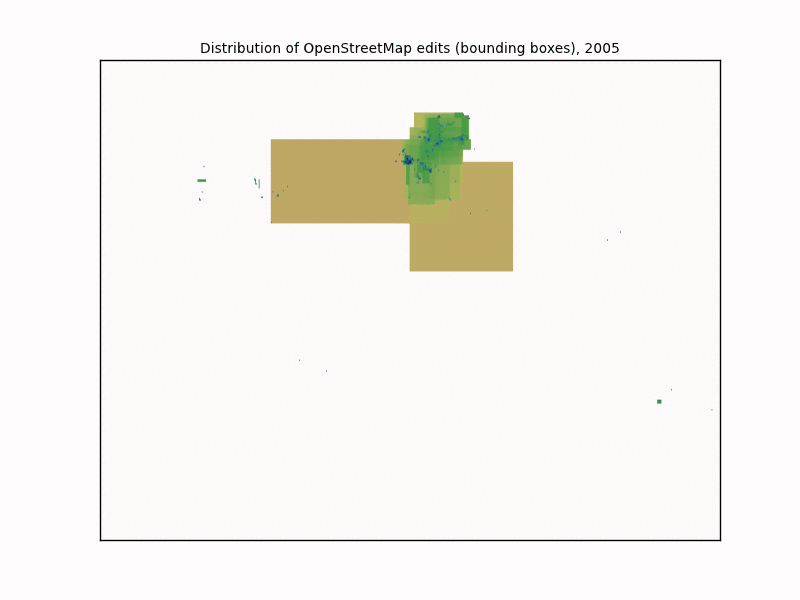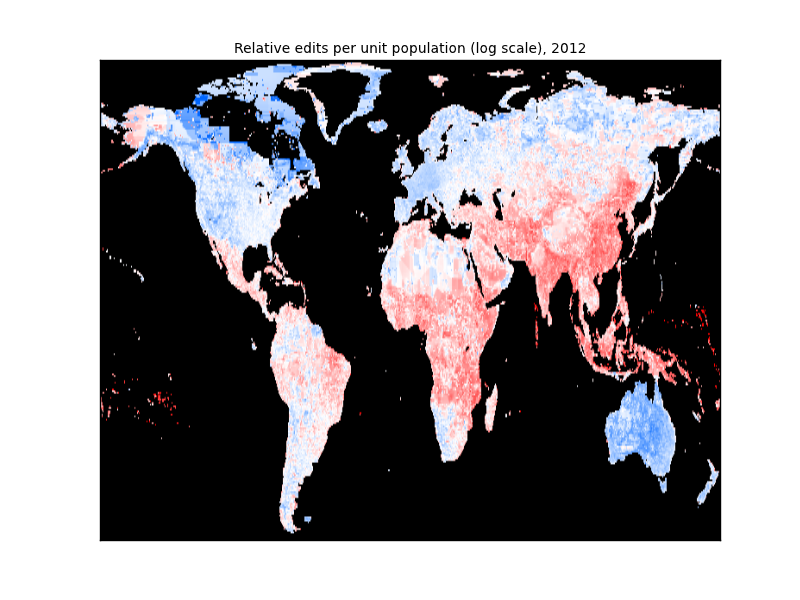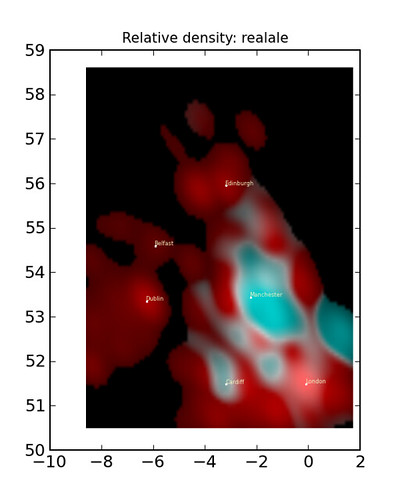Computing for the future of the planet: the digital commons
Posted by mcld on 19 May 2017 in English.Cross posted from mcld.co.uk
On Wednesday we had a “flagship seminar” from Prof Andy Hopper on Computing for the future of the planet. How can computing help in the quest for sustainability of the planet and humanity?
Lots of food for thought in the talk. I was surprised to come out with a completely different take-home message than I’d expected - and a different take-home message than I think the speaker had in mind too. I’ll come back to that in a second.
Some of the themes he discussed:





